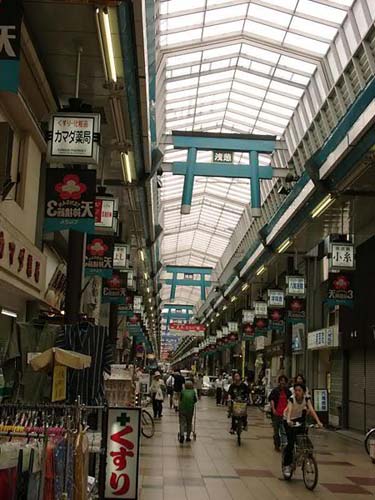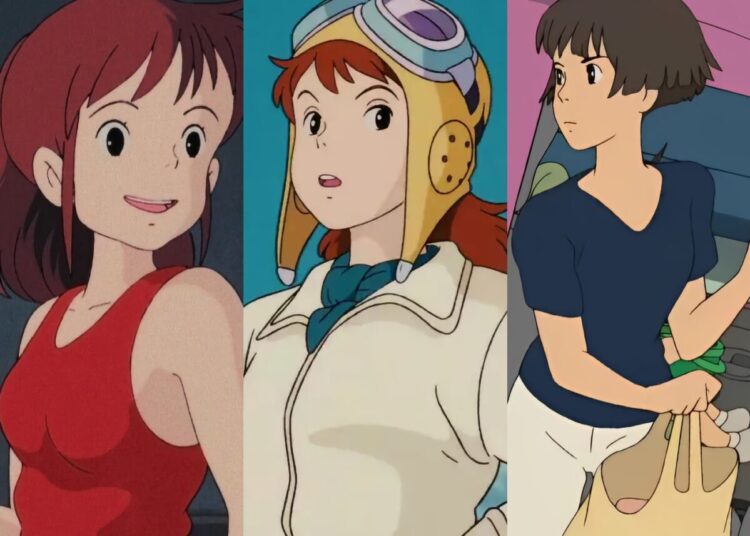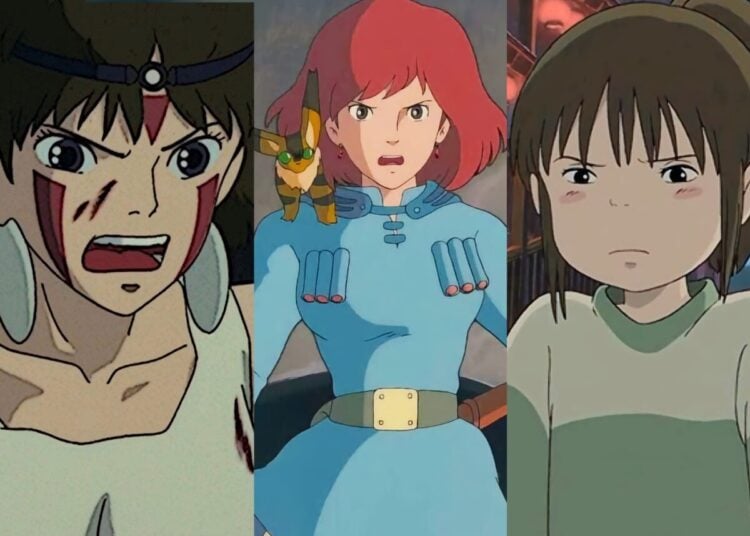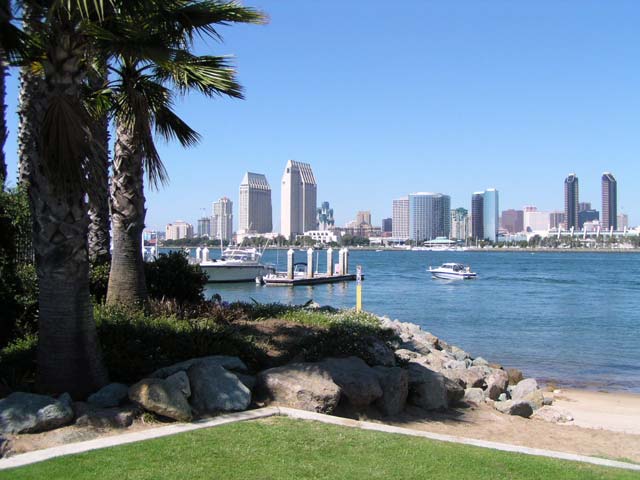I wrote before about how, in the complex world of obsessive otaku culture in Japan, there are (for example) fans of Japan’s various city towers, who love to travel to Yokohama’s Marine Tower or Osaka’s venerable Tsutenkaku Tower (the name means “Tower Reaching to Heaven”) and fill scrapbooks with pictures and ticket stubs from their journeys. This odd tower fascination is part of a larger general tendency of Japanese to feel natsukashii (nats-kah-SHEE) or nostalgic, about the past, especially the early or middle Showa Period (1925-1989). There seems to be no end to things the Japanese can feel nostalgic about, and there’s even a well developed otaku culture that worships the old city busses used in the postwar period, like the charming bus the father rides in on in My Neighbor Totoro, as well as a fondness for those old covered shopping streets that used to be so important to commercial life in Japan, but which are now largely dilapidated. When J-List’s Yasu first came to work for us, we took him to Yukara, a delicious local restaurant that opens at 11:30 pm, and their food is so good that there are dozens of people lining up to eat even at that late hour. (It’s kind of an official initiation for J-List employees to go there and eat.) While we were standing in line, Yasu walked up and down the street admiring the run-down houses in that part of the city, many of which didn’t even have people living in them anymore. While some might just see ugly old buildings, he was fascinated with the kinds of construction used back when the houses were built, including the wooden sliding doors or the large recessed areas by the front doors (genkan), which were often bare earth rather than concrete or tile as you’d have today. I can understand the Japanese fascination with cool old things — I personally have an odd compulsion about pictures and postcards of Disneyland and Las Vegas from the 1960s and 70s which I can’t explain.
So, what do you feel natsukashii about?
















